
One of the most exciting parts of collecting rare coins is searching for error coins, but you need to know what kinds of penny errors to look for to get a real gem. You should inspect your pocket change whenever you get the chance in the hopes of finding the next treasure, especially if you're fortunate enough to find currency with a precious Lincoln Penny or a U.S. mint error.
Finding the most valuable pennies requires knowing what penny errors to look for if you enjoy collecting coins. It is exciting and entertaining to think about the possibilities of finding a 1943 Copper Lincoln Cent that may change your life.
Get ready to sort through all those coins by grabbing a magnifying eye! You'll soon identify crucial errors that some of the experienced collectors may overlook with our professional suggestions and insights.
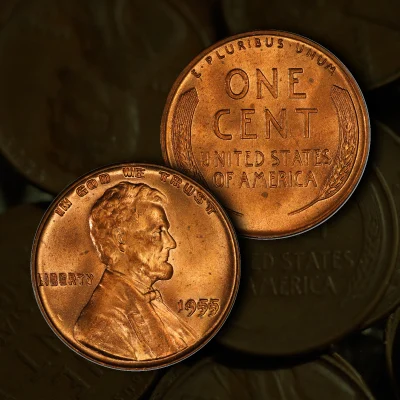
One of the most common penny errors to look for is a double-die penny. Errors in the hubbing process that creates the die can result in doubled die errors.
The raised or positive picture imprinted on the coin is created using a hub. To get every design element on the coin, the hub needs to strike the die multiple times.
The hub may occasionally strike the die in a slightly different location, giving the impression that the design is doubled or even tripled in certain instances. The coin's value will rise in proportion to how clear and noticeable the die error is.
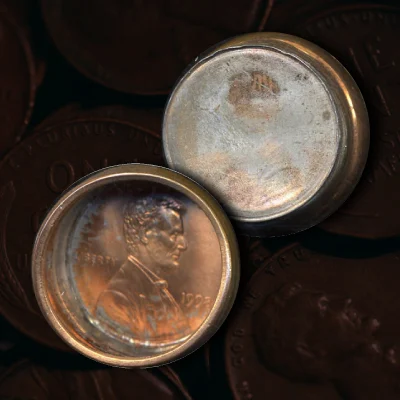
Die cap errors occur when a penny becomes lodged in a die during the stamping process.
The penny will get successive strikes if it becomes stuck in the coining process. Eventually, the resultant coin takes the shape of a bottle cap and creates a "cap" on either the upper or lower die.
The penny's secondary verse tends to become flat and lose design elements. Some of these rare and expensive pennies are worth hundreds of dollars when they are sold.
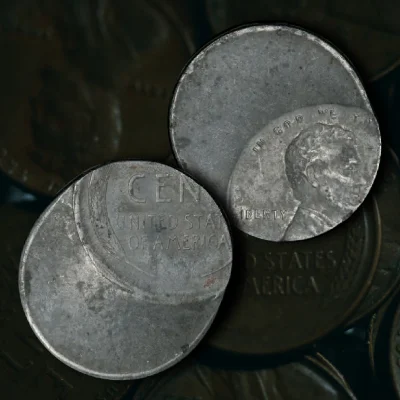
A penny may strike off-center if it is not positioned correctly between the dies during the stamping operation.
This kind of error or mistake results in part of the design being absent from coins. Alternatively put, not having the design's center line up with the planchet's center.
These coins are typically described by coin grading agencies using the percentage of the lost design. They show how much of the blank planchet is visible and how severe the error is by doing this.
This kind of error cent has a variable value, much like all other error coins. The two most crucial elements are the rarity of that particular coin variation and the degree to which its details are off-center.
Collectors view pennies with 40–60% of their design off-center as a sweet spot since enough of the design is still discernible to identify the piece.
These misplaced pennies can be worth tens of thousands or even hundreds of dollars if the design is in the sweet area and the coin is in overall good shape.

As the name implies, a blank planchet penny is a blank coin. Occasionally, a penny coin may get missed by the circular piece of source metal used to stamp the coin dies, resulting in an error coin with no design on either side.
Two varieties of blank planchet coins exist: A blank penny is just a circular piece of metal without any raised edges or rims. A planchet penny features an elevated rim but no other pattern.
Compared to many other kinds of mistake pennies, blank planchets are not as uncommon. Therefore, it is one of the essential penny errors to look for
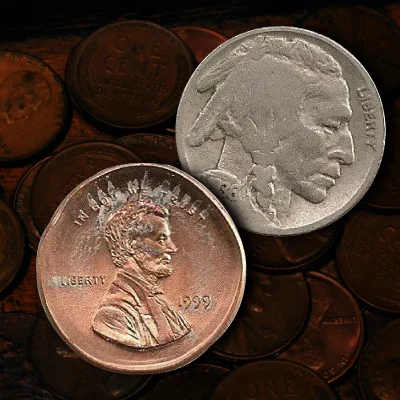
The diameter of broad-struck coins is greater than normal. When the pennies are struck outside of the retaining collar, an error occurs during the striking process, resulting in this sort of erroneous coin.
When this occurs, the metal flow when striking is lost by the collar. As a result, the coin's diameter expands, giving it a flatter appearance.
These erroneous Lincoln cents still have the same design on both sides. The value of broad-struck pennies varies from $9 to $25, based on how noticeable and extensive their mistake is.
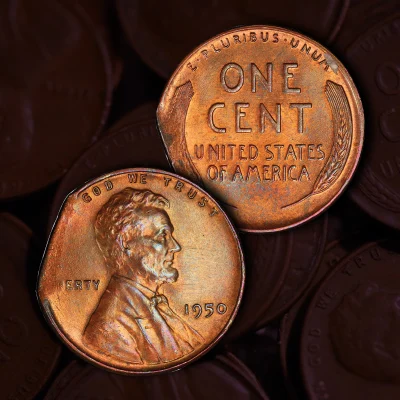
Among the most noticeable penny mistakes are clipped planchet errors, which are usually identified by a curved or crescent-shaped clip removed from the side of the coin. Yet, not every clip has an exact oval shape; some can have more than one clip, and they can vary in size.
When the coil stock overlaps during the process of punching metal planchets out of their parent metal, clipped planchet mistakes occur at the U.S. Mint. The penny values are determined by the clipped percentage and the state of the coin.
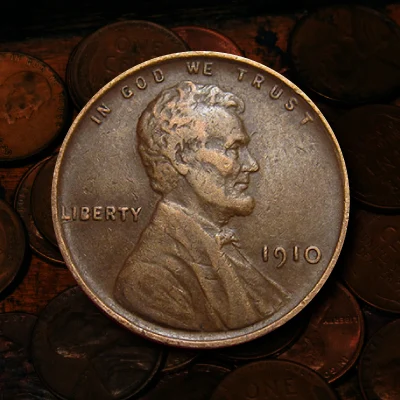
A coin die may develop cracks after striking a lot of coins for a while. These die breaks may eventually start to protrude as elevated areas on the surface relief.
Particularly, the Lincoln penny dies are well-known for having die fractures on the obverse die that resemble the letter "I." The word LIBERTY has this distinctive marking between the letters "B" and "E."
The moniker "BIE" penny was given to this Lincoln penny. Coins struck from die cracks, valued by collectors, are extremely prevalent. An example of this glaring mistake may be valued anywhere from $5 to $25.
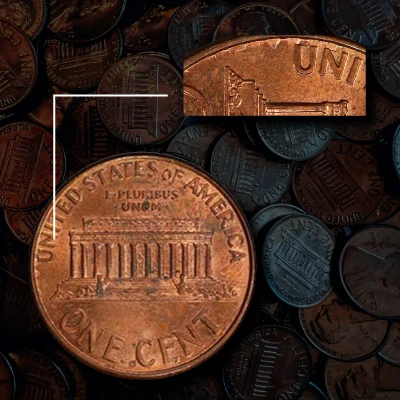
a penny struck between two distinct coin dies, the reverse of which held the reverse imprint and the obverse impression.
Nevertheless, a problem could arise with the equipment that feeds the dies with blank planchets. When this occurs, there isn't a blank penny to strike, thus the dies collide against each other.
The design of the penny verses may change as a result of this collision when additional blanks are inserted into the dies. The coin's reverse may have features from the obverse and vice versa.
Mild die clashes on Lincoln coins range in worth from $2 to $8. Coins containing noticeable inconsistencies are valued at least $50.
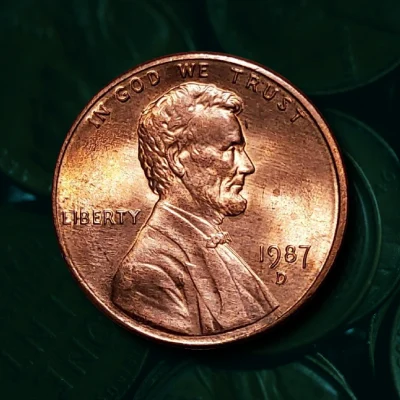
One kind of penny fault that has imperfections in the mint mark's stamping is a re-punched mint mark (RPM). The position of the "S" for San Francisco or the "P" for Philadelphia may differ slightly.
Since the U.S. Mint hand-punched them up until the 1990s, re-punched mint markings are rather common. On a Lincoln cent, the mint mark is located beneath the date.
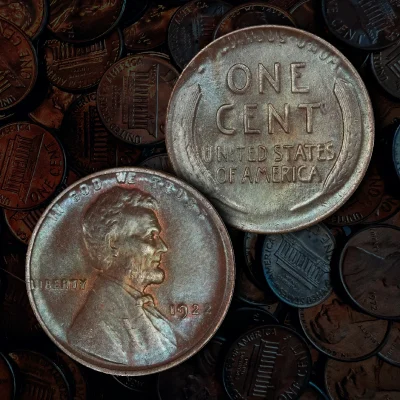
So-called mint grease has the potential to obstruct the dies' ability to strike blank planchets in certain circumstances.
This grease, which is a mixture of metal, oil, and grime, can collect in the vicinity of the mint mark. Grease can have an impact on the degree of definition of the impressed details after it gradually fills up the die markings. Coins with valuable errors can be obtained from filled die errors like this one.
This procedure yields varying degrees of "strength." Grease filling up most of the die relief results in weaker or almost nonexistent mint imprints.
In circulating condition, these mistake Lincoln cents can range in value from $17 to $528, with important dates like 1922 commanding higher auction prices.
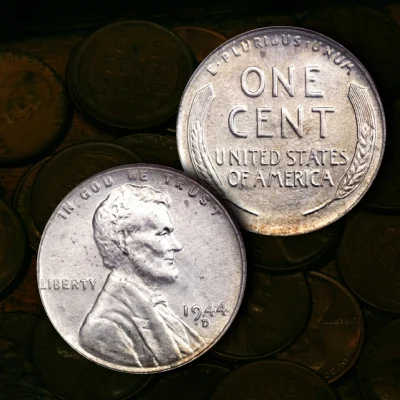
Throughout the centennial of the Lincoln penny, certain modifications have been made to the coin's design or metal composition.
Due to these modifications, mistakes occurred, such as striking the incorrect date on a particular planchet or even striking a penny on a dime planchet.
Some of the most precious pennies available are found among transitional mistake coins. Famous cases have been reported to exceed $100,000.
In order to gain some perspective, let us examine some of the most valuable mistakes made.
The best penny errors to look for are an exciting hobby for the collectors. A short, simple guide follows on how these valuable coins can be identified:
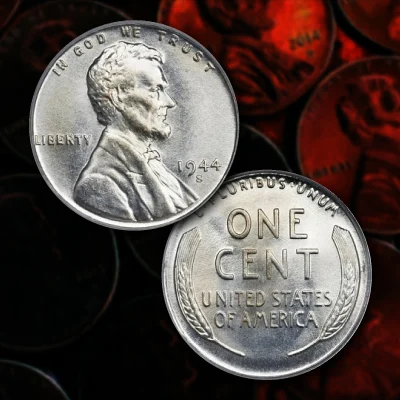
Unlike 1922-D Lincoln cents with a weak mintmark from grease buildup, this variant is said to be the consequence of the coin dies being filed.
The impressed images of the normal 1922-D cents were visibly damaged following a collision between the dies that struck them. An employee of the mint filed the obverse die and unintentionally erased the "D" Denver Mint mark, even though the reverse die was replaced with a more recent one.
Considered to be among the most precious wheat pennies is the 1922-D No "D" cent. This coin's auction history indicates that its value ranges from $329 to $82,250.

Copper was needed for the American military effort in World military II in order to make munitions. This is the reason why the 1943 Lincoln cent's metal content changed. Before the mint changed it back to copper in 1944, steel momentarily replaced the copper component.
Using the old steel planchets, an exceedingly rare quantity of 1944 pennies was made. This uncommon mistake appears on extremely few coins.
These planchets are thought to be from a steel blank intended for a foreign currency that dropped among the bronze blanks by accident, or they may be from the 1943 steel penny batch that was produced earlier.
In any case, the auction results for this incorrect planchet mistake piece range from $5,875 to $180,000.
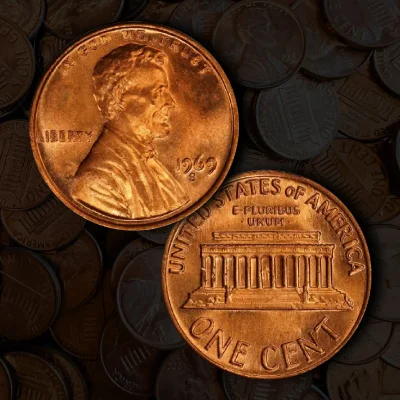
To manufacture bombs for the American military in World War II, copper was required. This explains the change in the metal content of the 1943 Lincoln cent. Steel briefly took the place of the copper component before the mint changed it back to copper in 1944.
1944 pennies were manufactured in extremely uncommon quantities using the original steel planchets. Coins with this rare error are extremely rare.
These planchets are believed to have come from an earlier 1943 steel penny batch, or they may have been from a steel blank meant for foreign currency that accidentally fell among the bronze blanks.
Whatever the case, this wrong planchet error piece had auction results ranging from $5,875 to $180,000.
Sometimes, these penny errors could increase the coin's value greatly more than its current face value. Here's how:
In short, an error on a penny would enhance the value of the coin manifold if the penny error were rare and good and in demand by the collectors.
In conclusion, collecting pennies with errors can be an exciting and rewarding hobby. We have discussed major penny errors to look for that provide collectors with an opportunity to acquire special items. The unique mistakes in the minting process not only make these coins rare but can also increase their value significantly. Whether it's a doubled die, an off-center strike, or a blank planchet, each error tells a story of its own. By keeping an eye out for these special coins, you might just stumble upon a valuable treasure hiding in your pocket change.
Happy hunting, and may your next penny be a rare one!
The extent of the error, the kind of defect, the coin's scarcity, and its condition are some of the variables that affect an error cent's value.
Coins with common errors can be purchased for $2 to $50. There is only one known example of a very rare item: the 1943 Bronze Lincoln Penny. It is valued at approximately $164,500.